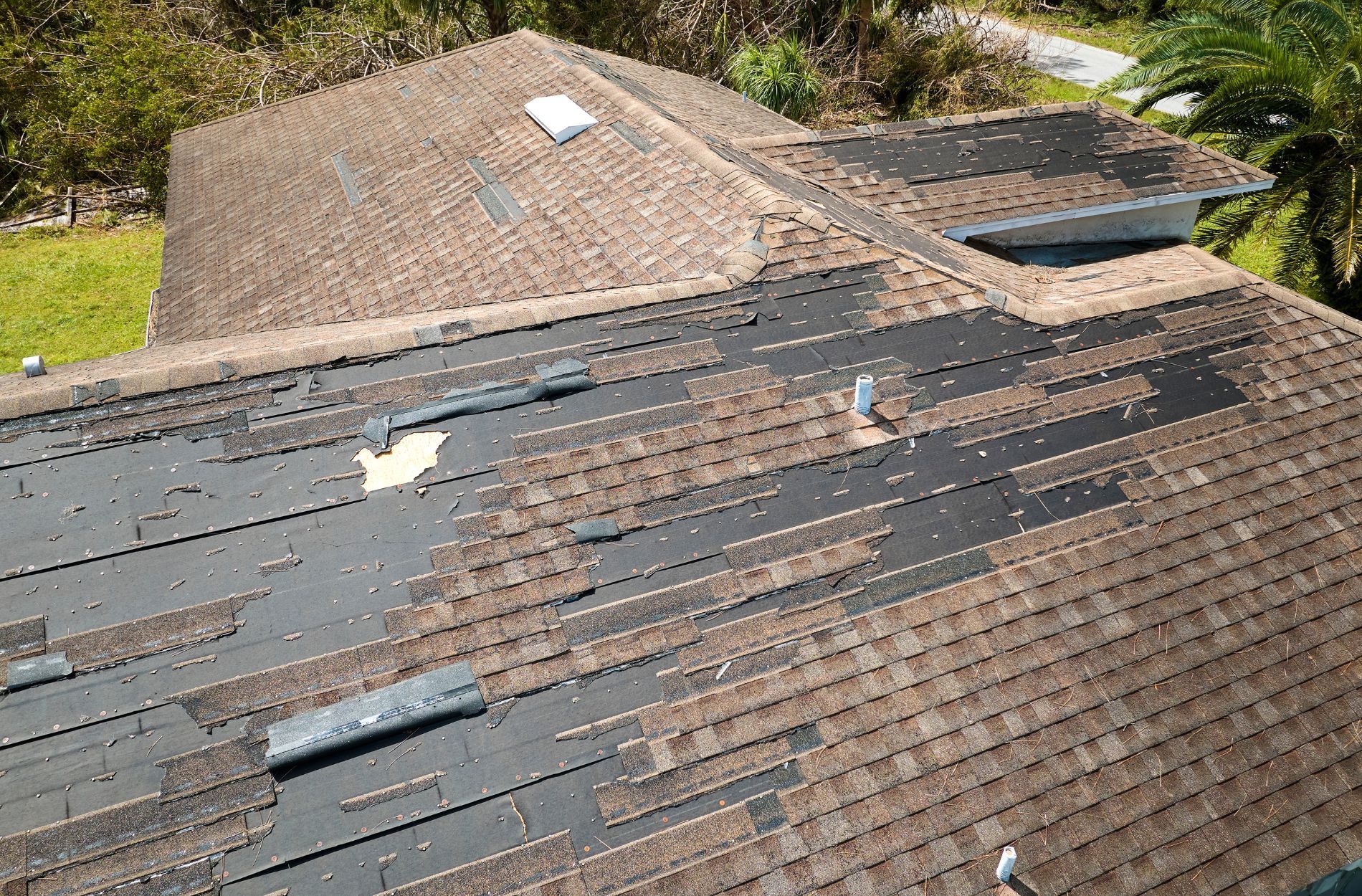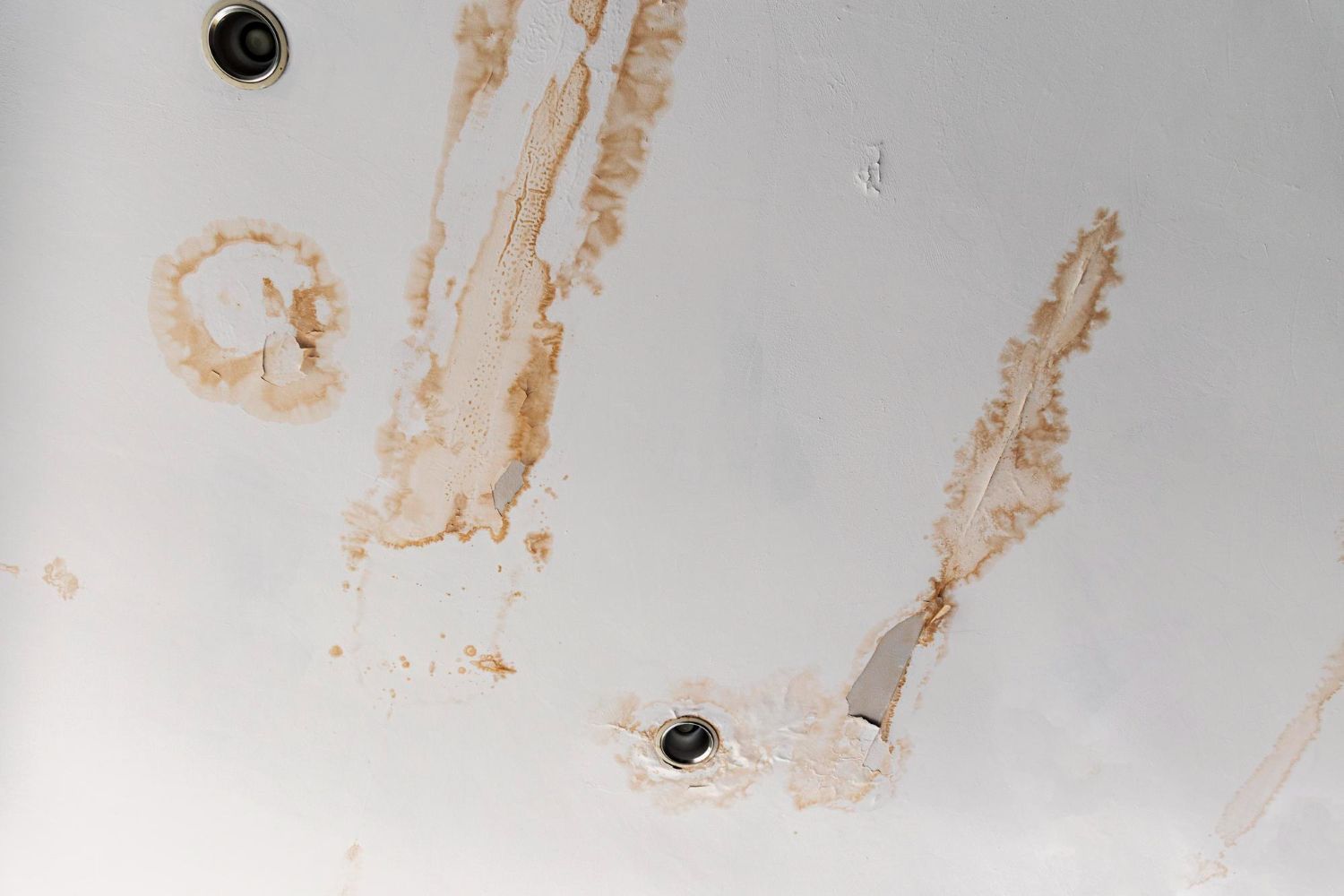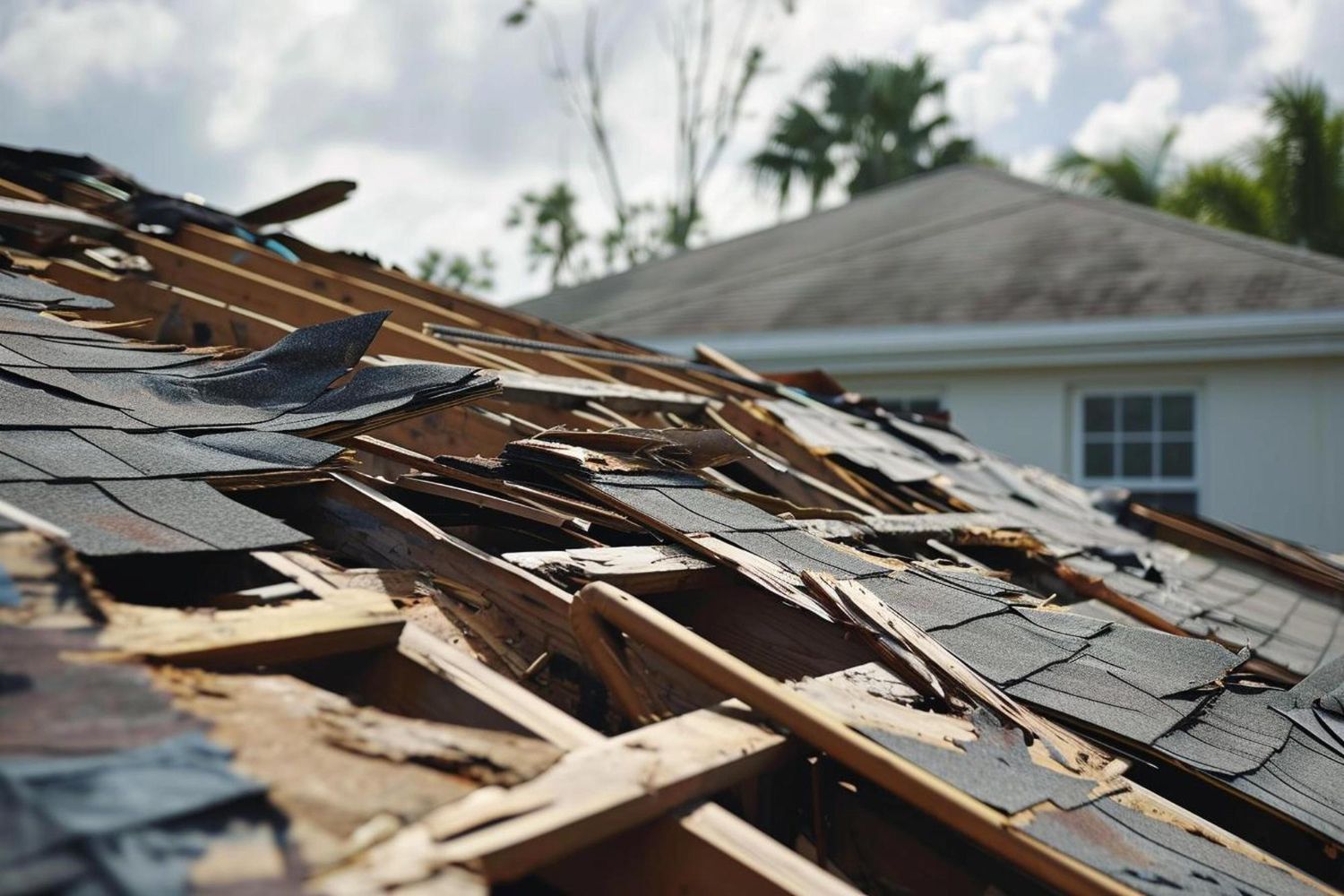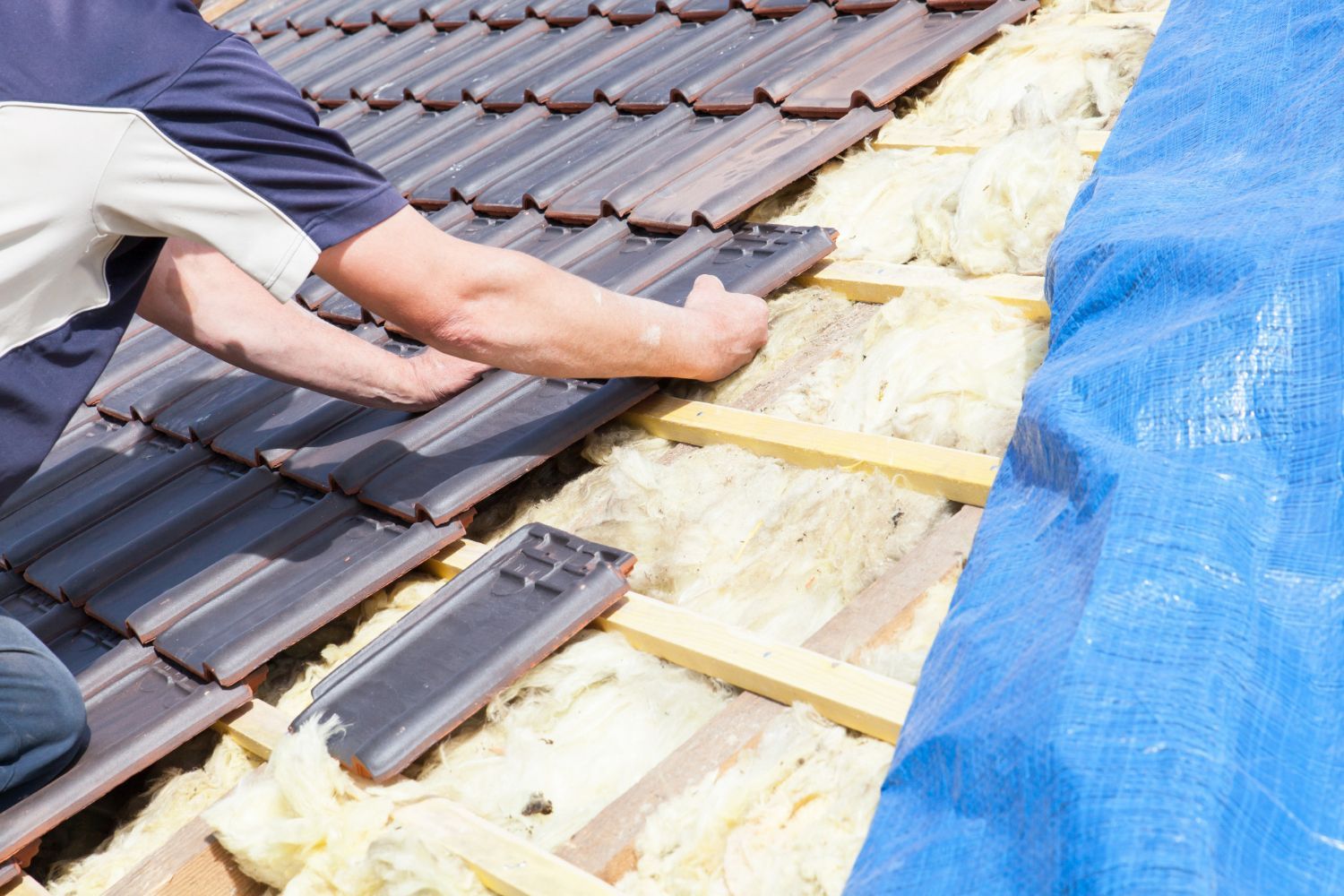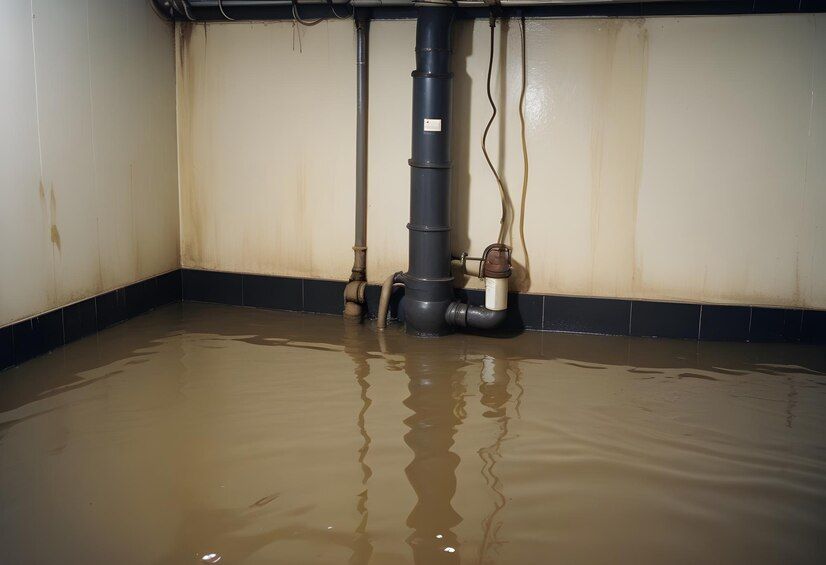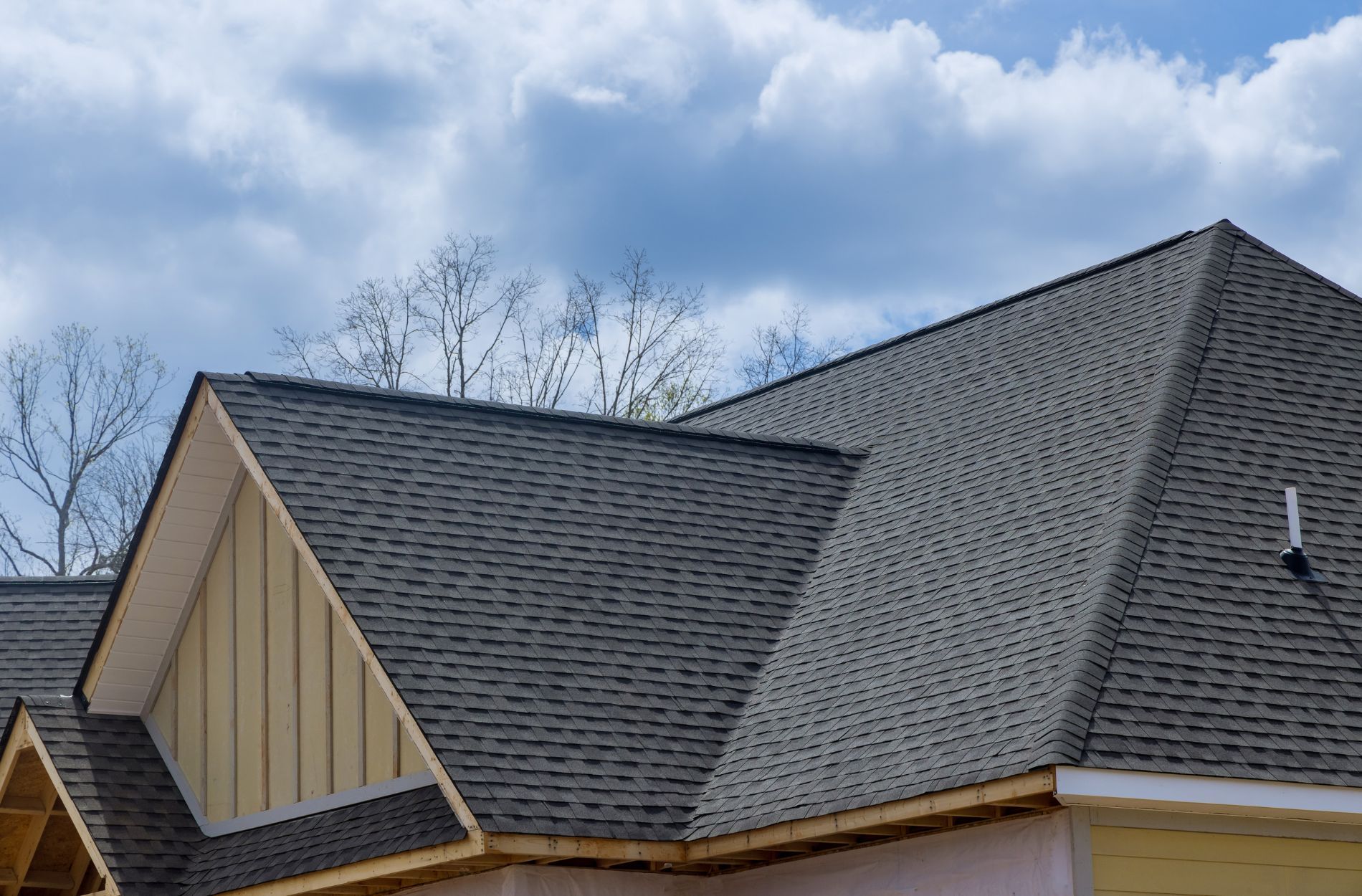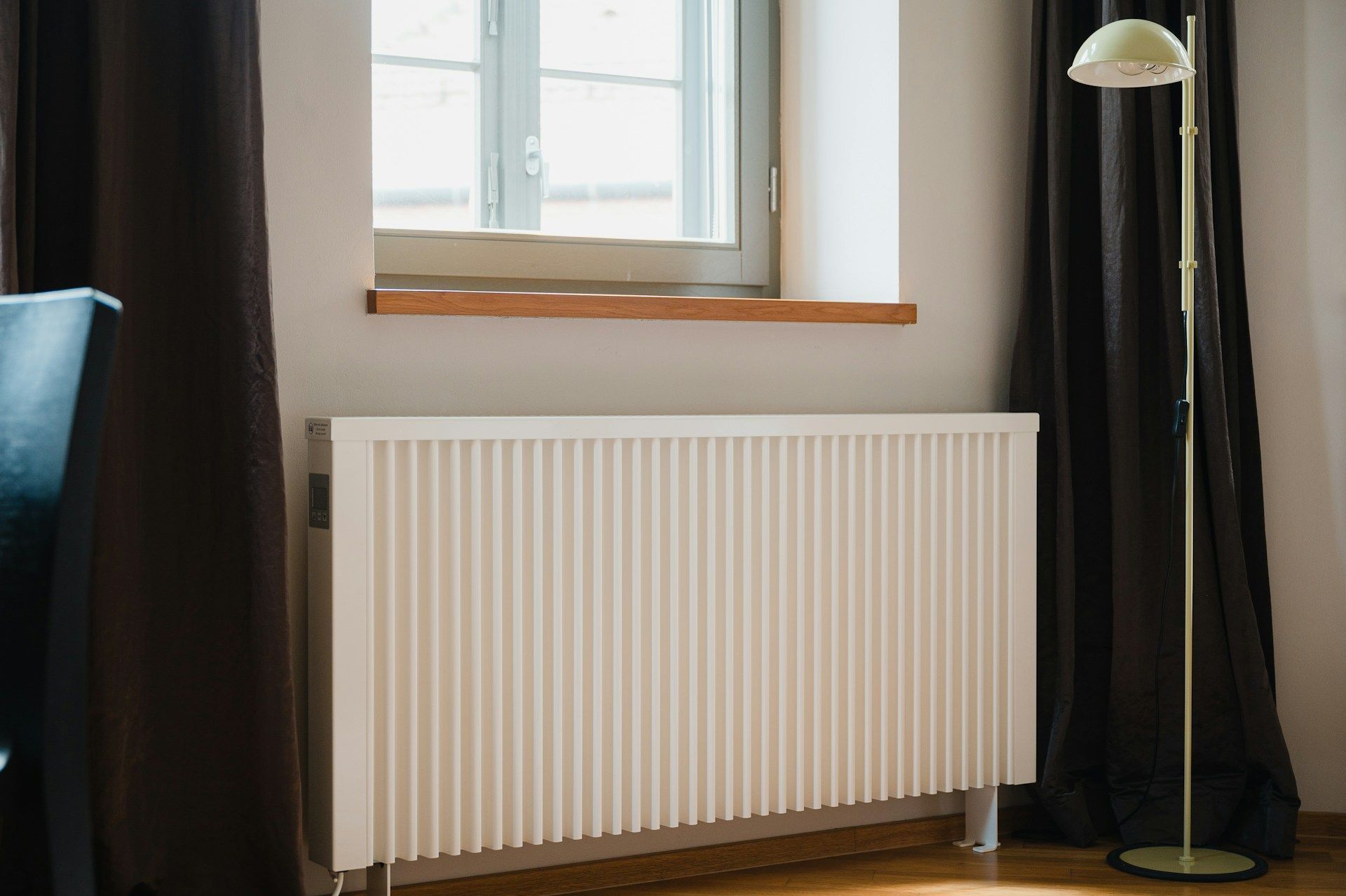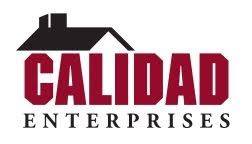Choosing the Right Roofing Material for Your Home
Choosing the right roofing material for our home is a crucial decision that impacts both the aesthetic appeal and functional integrity of the house. The roof is one of the most important parts of our home, protecting us from the elements and contributing to the overall structure's longevity. With various materials available, it can be overwhelming to decide which one best suits our needs.
Each roofing material comes with its own set of advantages and disadvantages. Some materials are more durable but may cost more, while others might be less expensive but require more frequent maintenance. It's essential to consider various factors such as climate, budget, and the architectural style of our home when making a decision.
Additionally, understanding the costs and lifespan of each roofing material can help us make an informed choice that balances aesthetics, functionality, and long-term value. By weighing these factors carefully, we can ensure that our new roof will provide lasting protection and enhance the beauty of our home for years to come. Making the right choice can also help us avoid unnecessary maintenance and replacement costs down the line, making it a wise investment in the future.
Understanding Different Roofing Materials
When it comes to roofing materials, there are several options available, each with its own unique benefits and drawbacks. Understanding these materials helps us choose the best option for our home. Asphalt shingles are one of the most common roofing materials due to their affordability and ease of installation. They come in a variety of colors and styles, making it easy to match them to our home’s aesthetic. However, they might not last as long as some other materials and may need replacing more frequently.
Metal roofing is another great option, known for its durability and resistance to harsh weather conditions. It can last up to 50 years or more with proper maintenance. Metal roofs are also fire-resistant and energy-efficient, reflecting heat to keep homes cooler. However, they can be more expensive than asphalt shingles and may require specialized installation.
Clay and concrete tiles offer a distinct look, ideal for homes with a Mediterranean or Spanish-style architecture. These tiles are durable and can last up to 100 years, but they are heavy and may require additional structural support. Wood shingles and shakes provide a natural, rustic look that many homeowners love. They are made from cedar, redwood, or other hardwoods, but they require regular maintenance to prevent rot and insect infestation.
Factors to Consider When Choosing a Roofing Material
Choosing the right roofing material involves considering several key factors. First, we need to think about the climate in our area. For instance, homes in hot climates might benefit from metal roofs reflecting heat, while those with heavy snowfall might require a more durable material like asphalt shingles.
Another important factor is the architectural style of our home. Some roofing materials complement specific styles better than others. For example, clay tiles suit Mediterranean-style homes, while metal roofs may look best on modern or contemporary designs.
Budget is also a significant consideration. While some materials may have a higher upfront cost, they may offer better longevity and reduced maintenance expenses over time. It's essential to balance initial costs with long-term savings to make an informed decision. Additionally, we should consider the weight of the roofing material. Heavier materials like clay or concrete tiles may require extra structural support, adding to the overall cost.
Lastly, it's important to take local building codes and regulations into account. Some areas have specific requirements or restrictions on roofing materials, so it's essential to check with local authorities before making a final decision. By considering these factors carefully, we can choose a roofing material that best fits our needs and ensures the long-term protection and beauty of our home.
Comparing Costs and Lifespan of Roofing Materials
When choosing roofing materials, cost and lifespan are critical factors to consider. Here's a brief comparison to help us understand the differences:
- Asphalt Shingles: These are among the most affordable options, costing between $100 to $150 per square (100 square feet). They typically last between 20 to 30 years, providing a cost-effective solution for many homeowners.
- Metal Roofing: Although metal roofs are more expensive upfront, ranging from $200 to $900 per square, they can last up to 50 years or more. Their durability and low maintenance make them a worthwhile investment.
- Clay and Concrete Tiles: These tiles are pricier, at about $300 to $500 per square, but they can last up to 100 years. Their long lifespan and distinct appearance can add significant value to our homes.
- Wood Shingles and Shakes: These range from $400 to $700 per square and typically have a lifespan of 25 to 30 years. They require regular maintenance to prevent issues like rot and insect damage.
By comparing these costs and lifespans, we can better decide which material fits our budget and long-term needs. Making an informed choice ensures that we maximize our investment in a new roof.
Installation and Maintenance Tips for Your Roof
Proper installation and maintenance are crucial for ensuring that our chosen roofing material performs well over time. Here are some tips to keep our roof in optimal condition:
Installation Tips:
- Hire Professional Installers: A professionally installed roof ensures that all the materials are laid correctly and securely, which can prevent future issues.
- Follow Manufacturer Guidelines: Each roofing material has specific installation guidelines provided by the manufacturer. Adhering to these guidelines helps maintain the warranty and ensures the roof's longevity.
- Ensure Proper Ventilation: Adequate ventilation in the attic prevents moisture buildup, which can damage the roofing materials and reduce their lifespan.
Maintenance Tips:
- Regular Inspections: Periodically inspecting our roof helps us catch issues early, such as broken shingles, leaks, or other damages.
- Clean Gutters: Keeping gutters clean ensures that water flows away from the roof and foundation, preventing water damage.
- Trim Overhanging Branches: Tree branches that hang over the roof can cause damage during storms and allow debris to accumulate, leading to potential problems.
By following these installation and maintenance tips, we can extend the life of our roof and ensure it continues to protect our home effectively.
Conclusion
Choosing the right roofing material for our home involves careful consideration of various factors such as material types, climate, budget, and maintenance requirements. Understanding the advantages and disadvantages of different roofing materials helps us make informed decisions that align with our specific needs and preferences. It's also crucial to compare costs and lifespans to ensure that we choose a material that offers the best value for our investment.
Proper installation and regular maintenance play a significant role in the performance and longevity of our roof. By following the tips provided, we can ensure our roof remains in excellent condition, providing lasting protection and enhancing the beauty of our home.
If you're ready to choose the
best roofing material for your home, or need professional installation and maintenance services, contact Calidad Enterprises today. We are here to help you make the best decision for your roofing needs and ensure your home's safety and durability.


